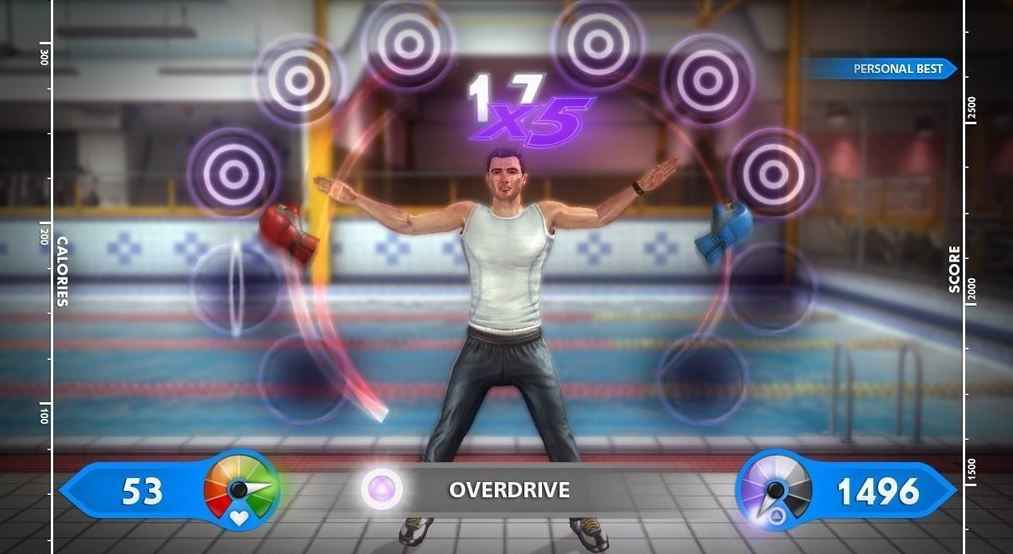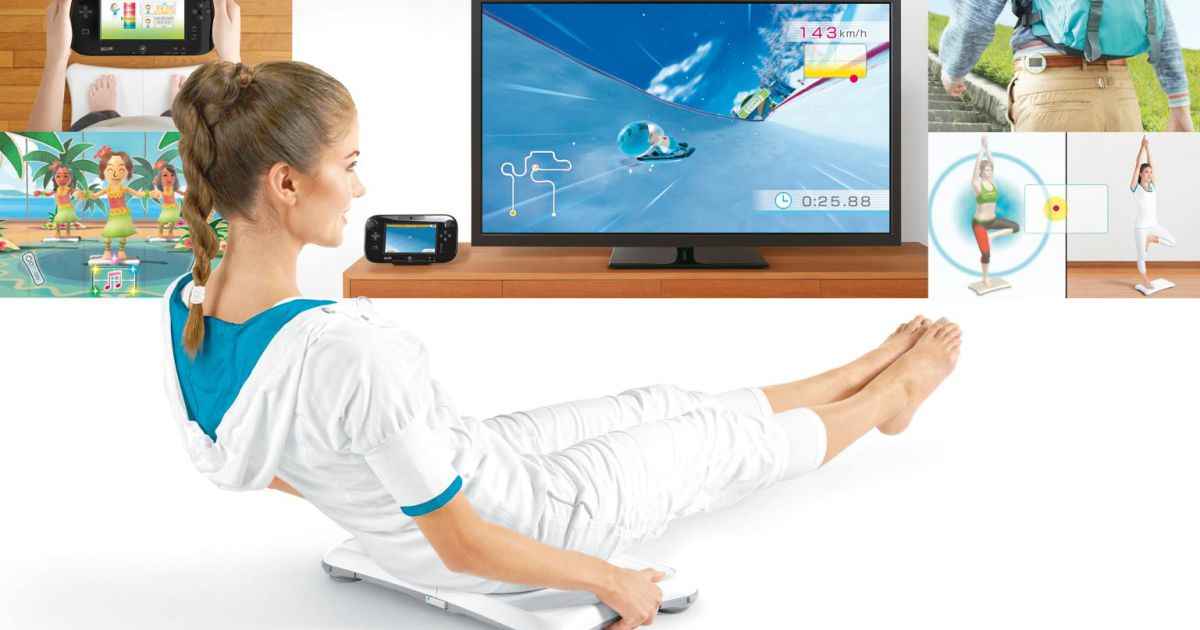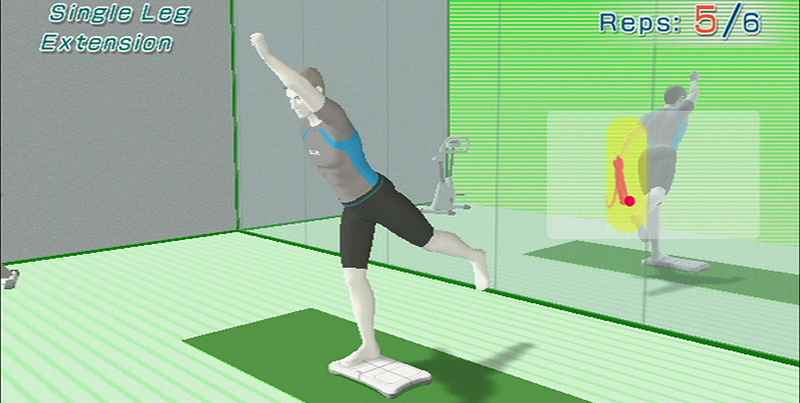In some respects, it’s surprising just how long it took for the worlds of video gaming and exercise to come together. After all, traditional physical games have often involved a keep fit exercise, so the concept of playing to exercise as well as have fun and compete with each other isn’t exactly something new. We’re talking about sports here, and some of the very earliest video games were adaptations of popular sports like tennis and football but were played sitting down with a controller or joystick in your hand.
Bringing your body on board
That last sentence maybe gives a clue as to why exergaming took a while to arrive: it was necessary for technology to catch up with game designers’ imaginations. Exergaming, active gaming, fitness games- call them what you will- all rely on the way to combine the movement of the player’s actual body (and not just their thumbs) with onscreen responses from the game itself. That possibility arrived in 2006 in the form of Nintendo’s Wii remote (“Wiimote”) with its motion sensor technology. That, in turn, gave rise to Wii Fit, the first real exercise gaming package that was a huge success from its launch in 2008.
Wii Fit incorporated yoga, strength training, aerobics and other light to mid-level fitness activities, as well as the service of informing on nutrition and MK2866 supplements one should take – find out more at OmegaBoom.com. It’s crucial bit of kit was the Wii Balance Board which was able to weigh the player and detect their center of balance. Wii Fit also came with a virtual personal trainer and was followed by Wii Fit Plus in 2009 and Wii Fit U in 2014.
Exercise can be fun
Medical and fitness professionals criticized Wii Fit for not being intense enough, and for making people feel they were doing enough exercise when they weren’t actually raising their heart rate to anything like the required degree for a true workout. Maybe Wii Fit’s most significant achievement was in making getting healthy trendy. Gamers realized that their chosen hobby came with the risks of a sedentary lifestyle and started going to real gyms. That wasn’t a fleeting trend, and many gamers immersed themselves in a new healthy lifestyle that benefited their love of gaming. They also bought fitness gear such as compression arm sleeves to support the tendons in the arm that are most used by gamers, and the sleeves also help to prevent strain or injury while also aiding recovery time.
Superior precision
Developers soon started coming up with fitness games for the PlayStation 3, most notably Move Fitness which made full use of the PS3’s motion sensors. They had far superior precision than the Wiimote, but Move Fitness never caught on to the same degree as Wii Fit. Nevertheless, many found that it gave a more intense and realistic workout than its more popular Nintendo rival. The same could be said of the PS3 boxing game The Fight: Lights Out, which certainly put players through their paces in a grueling physio workout.
Stealth Health
The most popular and enduring PlayStation fitness games were those based on dancing. They also helped to attract more female gamers. Dance Dance Revolution started in the arcades before moving to the PS3, but it was Just Dance that took firm hold and remains hugely popular today.
Dancing is a form of “stealth health” in that participants get so caught up in enjoying the activity they don’t dwell on the effort involved. Making exercise fun and not tedious is the great contribution gaming can make to the fight against obesity, which remains a significant problem in the U.S. and elsewhere.
Fun and games
The next step in exercise gaming would also depend on technological advances, namely augmented and virtual reality. Pokémon Go was a worldwide sensation from the moment it was launched, in Hong Kong in July 2016. Even though it was never sold as a form of exercise, Pokémon Go sent players racing each other around the real outside world in pursuit of rare Pokémon, and in so doing it introduced a social element. Players recognized each other and started conversations as well as posting photos and updates to social media which made them feel part of an inclusive virtual community.
Battling boredom
PlayStation games like Fruit Ninja, in which you slice flying fruit with a samurai sword, use virtual reality in a fun, humorous way to create games that give you a good workout. Exergaming doesn’t have to involve simulating a gym: so long as you’re increasing your heart rate and breaking a sweat, you’re getting useful, healthy exercise, whether the game involves zapping aliens, flying through space or any other scenario.
With actual gyms installing VR consoles to keep boredom at bay while using their exercise machines, it’s clear that the real purpose of effective exergaming is not to make you feel like you’re exercising when you’re not, but to make you feel you’re having fun and playing a game when you’re actually taking part in a thorough workout.




